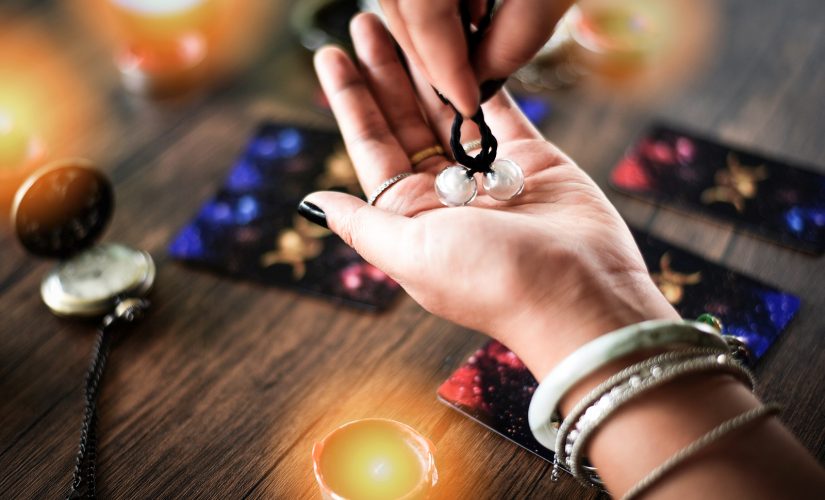
Identifying the location of planets in your natal chart will reveal a lot about your personality and how you interact with others. Astrology is a great tool for revealing the meaning of life. Astrology can provide insight into your motivations and relationships with others. But, decoding a birth chart takes time and patience. If you're just starting out, you may not be able to figure out how to place planets in birth chart.
The first thing you should know about each planet is its symbol, also known as glyphs. Each person has a unique symbol. You will see two to three planets in most charts. Some planets can change their signs, and some are mutable. Depending on when you were born, you might be ruled over by a planet that is an earth sign, like Taurus. A planet in a water signs, like Libra, could be your ruler.
A second important thing to remember is that each planet is assigned a zodiac symbol, which is the astrological sign associated with the zodiac. Each planet has a house assigned in a chart. A house is an area in the chart that represents a particular aspect of life. The third house on a natal chart, for example, represents relationships with family and friends. The second house is about money and career.

Houses that are representative of a different aspect in life may be where the planets can be placed, such as the house for creativity. For example, if you are ruled by Venus, you will likely be drawn to the arts. The same goes for Mercury-ruled individuals. They will naturally be attracted to other people.
The placement of the planets around your sun, moon and rising signs is important too. These locations are crucial because they have an impact on how you communicate, interact with others and interact with the outside world. These placements can be either a joy or a pain depending on how you view them.
The best way to figure out how to place planets in birth chart is to look at the chart as a whole. In most cases, it will be difficult to identify individual planets. Instead, you'll be able to see how the planets work together. This can be accomplished by dividing the chart in half and counting planets on each side. This is a tedious and time-consuming process, but it can be worth it if you want to know how to place the planets in your birth charts.
The chart also has a series or lines called aspects. Aspects can be either hard or soft and will help you see how each placement affects your life. Soft aspects indicate positive energy flow, while hard aspects point out the challenges in a particular area of life.

Another method of astrological analysis is to study the positions of planets relative the houses in your birth charts. These placements can be categorized by degree. For example, a person born with a chart in which all planets are in the sixth house of money is more likely to be rich than one born with all planets in the eighth house.
FAQ
Which hobbies are most in demand right now?
Popularity is not always a good thing. Popularity is often used to excuse mediocrity. Most people don't have the time or energy to pursue their hobbies. They're too busy working to make ends met. What can you do if your time is limited? You could start your own company.
It's not easy. Before you can make your idea a reality, there are many hurdles to overcome.
Consider pursuing a hobby if your goal is to have something more fun than running a company.
Hobbies aren't just limited to creative pursuits. There are many hobbies. Here are some examples:
-
Gardening
-
Cooking
-
Photography
-
Reading
Why do we need hobbies
Hobbies are a vital part of our lives as they allow us to unwind, relax, think creatively and exercise. They also give us the opportunity to socialize, network, and have fun. Hobbies offer opportunities to develop new skills as well as life-long interests.
Hobbies allow us to find meaning in our lives.
They are great for spending your free time when there's not much else.
They are also very entertaining!
If you don't have time for a hobby, then you probably don't have time for anything else either.
Take a look at the many options that are available to you. You might consider starting a hobby if you don't already have one.
What types of hobbies are suitable for introverts?
Introverts are able to concentrate on one thing at once. They tend to prefer solitary activities such as reading, writing, playing music, watching movies, etc.
They also love to spend quiet time by themselves. They don't enjoy being social all day. In fact, they can often be bored when surrounded with people.
Introverts will often choose hobbies that require them alone. For example, they may enjoy reading books, listening to music, taking photographs, painting, writing poetry, etc.
Some introverts will even live alone. This allows them to concentrate on their hobby and not be distracted.
Statistics
- A new survey by Pew Research Center of teens ages 13 to 17 finds that 36% of girls feel tense or nervous about their day every day; 23% of boys say the same. (pewresearch.org)
- Much of this decline reflects the fact that teens are less likely to work today than in the past; among employed teens, the amount of time spent working is not much different now than it was around 2005. (pewresearch.org)
- Studies show that just six minutes of reading can reduce stress levels by 60 percent. (oberlo.com)
- This 100% accurate personality-analyzing hobby quiz discovers your passion based on your characteristics. (quizexpo.com)
- The Role of the Mind in Sex, Dating, and Love: Men in the “humor” condition received phone numbers from 42.9% of the female participants and were refused 57.1% of the time. (time.com)
External Links
How To
How to start gardening
Gardening has been around since the dawn of agriculture. It requires patience, persistence, and determination. The first step to starting a garden is to pick a spot where you will grow food. You can choose to have a large area or a small one in your backyard. Next, select the kind of plants that are most appealing to you. Do you prefer vegetables, or flowers? Some people are passionate about growing herbs, while others like raising livestock like rabbits. Before you decide on what type of crops to plant you need to take into consideration how much space you have. If you live in a region that experiences cold winters then it is possible to grow fruits and berries.
Once you have made your choice, it is time to prepare the soil. Your plants' success or failure will depend on the soil they are placed in. The soil should be rich in organic matter to provide nutrients for your plants' roots. Organic matter includes things like leaves, twigs, grass clippings, manure, and compost. After you have prepared the soil, you will need to add nutrients. You may need different amounts depending on what type of plants you are trying to grow. You can calculate these values online with a fertilizer calculator. Many fertilizers are available, so make sure you know what you are buying.
After preparing your soil and adding the proper nutrients, you now need to wait until your seeds germinate. The process typically takes 2 to 3 weeks depending on the weather conditions and temperature in your area. After your seeds sprout, it is important to water them frequently. Problems can arise if you water your plants too frequently or too little. Ensure you give your plants enough water at regular intervals and avoid overwatering. Overwatering your plants can lead to root disease and fungal infections. Consider that plants generally need less water in the warmer months than they do in winter. Also, remember that certain plants need to dry out after watered. Tomatoes for instance need to remain slightly moist, but not wet. They don't like to sit in soggy soil. After the flowers have stopped, they must go into dormancy. Plants go dormant when they stop producing new growth and instead store energy for next year's harvest. Dormancy is when the plant stops sending signals back to its roots for food production. The plant continues to store energy during this time. However, the plant will die if temperatures drop below freezing or there is insufficient sunlight.
Urban areas can limit your choices for plants. Concrete sidewalks, roads or parking lots can block sunlight from reaching urban areas. Concrete absorbs light which blocks sunlight from reaching the ground below. Because of this lack of sunlight, many plants cannot survive in cities. Many plants can still thrive in urban settings. Many trees, perennials, shrubs, as well as shrubs can be adapted to urban living. Many annuals can also be grown indoors in container gardens. You can grow fresh greenery year-round in containers.
You are now ready to plant your garden!